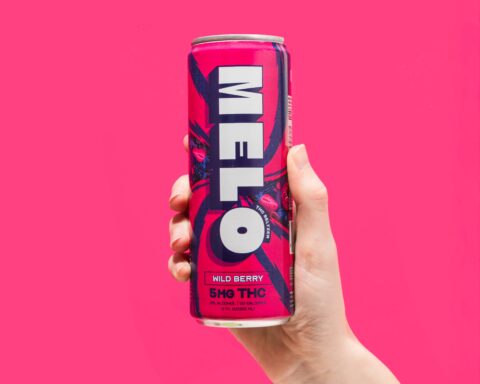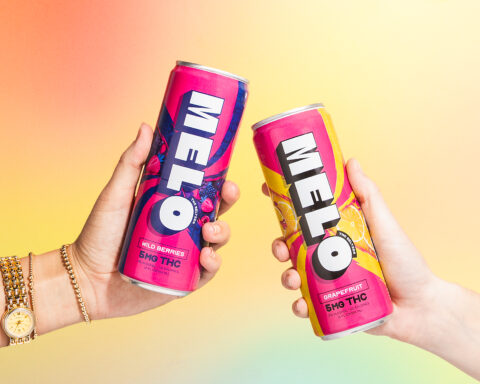Words possess an undeniable power within the realm of fashion, shaping perceptions, influencing trends, and even dictating style narratives.
A carefully chosen phrase can elevate a garment from ordinary to extraordinary, imbuing it with meaning, emotion, and desirability. Consider the evocative language used in advertising campaigns: “Effortless chic,” “timeless elegance,” or “bold statement.” These words paint vivid pictures in our minds, associating positive attributes and aspirational lifestyles with the products they describe.
Beyond marketing, language plays a crucial role in defining fashion communities and subcultures.
Slang terms, insider jargon, and unique vocabulary create a sense of belonging and identity among those who share a passion for specific styles. Think of terms like “streetwear,” “vintage,” or “boho,” each encapsulating a distinct aesthetic and cultural perspective.
Moreover, words have the power to challenge societal norms and push boundaries within the fashion world.
Fashion designers often use their creations and accompanying language to express social commentary, political views, or personal beliefs. A garment’s name, a collection’s title, or an interview statement can spark conversations, provoke thought, and inspire change.
Ultimately, the power of words in fashion lies in their ability to connect with us on an emotional level.
They evoke memories, trigger desires, and shape our understanding of style and identity.
By wielding language thoughtfully and creatively, individuals and brands can influence trends, build communities, and make a lasting impact on the world of fashion.
Expressing Individuality
Beyond Trends: Meaningful Style
Fashion as a Form of Self-Expression
Fashion serves as a powerful tool for self-expression, allowing individuals to communicate their identity, beliefs, and aspirations through clothing choices.
From the garments we wear to the accessories we adorn ourselves with, fashion acts as a visual language that transcends words and speaks volumes about who we are or aspire to be.
It’s a form of nonverbal communication that allows us to project our personality, mood, and social standing.
Here’s how fashion impacts culture:
- Trendsetting and Social Influence: Fashion trends emerge from various sources, including designers, celebrities, subcultures, and social media. These trends can spread rapidly, influencing the clothing choices of millions and shaping societal norms and aesthetics.
- Cultural Identity and Belonging: Clothing often serves as a marker of cultural identity, reflecting shared values, traditions, and beliefs. Traditional garments, ethnic styles, and religious attire symbolize heritage and connect individuals to their communities.
- Subcultural Expression: Fashion plays a crucial role in defining subcultures, allowing members to distinguish themselves from mainstream society. Whether it’s the punk rock aesthetic, the preppy look, or the streetwear style, clothing choices often signify shared interests, values, and countercultural identities.
- Political and Social Commentary: Fashion can be a powerful platform for political and social commentary. Designers and activists use clothing to raise awareness about issues such as equality, environmentalism, or human rights.
- Economic Impact: The fashion industry is a major economic force, generating billions of dollars in revenue worldwide. It creates jobs in design, manufacturing, retail, and marketing, influencing economies and global trade.
Fashion’s impact on culture is multifaceted and constantly evolving. It reflects our values, aspirations, and the ever-changing dynamics of society. From individual self-expression to broader cultural movements, fashion continues to shape our world in profound ways.
Historical Influences
Cultural Shifts and Apparel
Fashion as a Social Commentary
Fashion, far beyond a mere pursuit of aesthetics, has long served as a powerful platform for social commentary. It’s a visual language, capable of articulating societal values, anxieties, and aspirations in ways that transcend spoken words.
Throughout history, fashion movements have often mirrored the prevailing cultural climate.
-
The flapper dresses of the 1920s symbolized the rebellious spirit and newfound liberation of women.
-
The power suits of the 1980s reflected a period of corporate dominance and aggressive individualism.
-
The grunge aesthetic of the 1990s, with its ripped jeans and oversized silhouettes, expressed a sense of disillusionment and anti-establishment sentiment.
Fashion can also act as a tool for challenging norms and advocating for social change.
-
The rise of sustainable fashion is driven by a growing awareness of environmental issues and the desire for more ethical consumption.
-
Inclusivity in fashion has become increasingly important, with designers striving to represent a wider range of body types, ethnicities, and gender identities.
Individual style choices can also be acts of self-expression and resistance.
A person who chooses to wear clothing that deviates from societal expectations may be making a statement about their identity, beliefs, or values.
By understanding fashion as more than just a superficial pursuit, we can gain valuable insights into the complex social forces shaping our world. It’s a dynamic and ever-evolving reflection of who we are, what we believe in, and the changes we hope to see.
Celebrity Styles
Streetwear Aesthetics
The Power of Visual Inspiration
- Happiness Quotes To Brighten Your Mood And Life - April 13, 2025
- Moving On Quotes For Healing, Growth, And Letting Go - April 13, 2025
- Funny Quotes To Bring Laughter And Joy To Your Day - April 13, 2025



